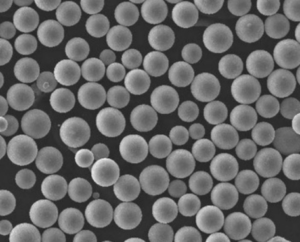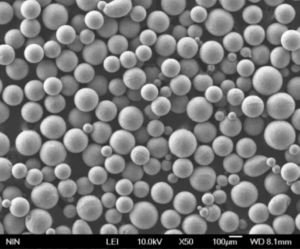概要
熱間静水圧プレス(HIP) は、金属の気孔率を低下させ、機械的特性と加工性を改善するために使用される製造プロセスである。このプロセスでは、通常アルゴンなどの不活性ガスを用いて、金属の周囲に高温・高圧を均一に加える。HIPは、強度、密度、耐疲労性を向上させた部品を製造できることから、航空宇宙、自動車、医療、エネルギーなど、さまざまな産業で広く使用されている。
HIPに使用される金属粉末の表
| 金属粉 | 構成 | プロパティ | 特徴 |
|---|---|---|---|
| Ti-6Al-4V | Al6%、V4%のチタン合金 | 高強度、軽量、耐食性、優れた生体適合性 | 航空宇宙や医療用インプラントで一般的に使用され、優れた強度対重量比で知られる。 |
| Inconel 718 | ニッケル・クロム合金 | 高強度、高温での優れた耐酸化性と耐食性 | 優れた高温特性により、ガスタービン、航空宇宙、原子炉で広く使用されている。 |
| 17-4 PHステンレス鋼 | マルテンサイト系析出硬化ステンレス鋼 | 高強度、良好な耐食性、機械加工が容易 | 航空宇宙、化学、石油化学産業で使用される |
| AlSi10Mg | 10%のSiと0.5%のMgを含むアルミニウム合金 | 軽量、良好な熱伝導性、耐食性 | 軽量で強靭な部品を必要とする自動車および航空宇宙用途に最適 |
| CoCrMo | コバルト・クロム・モリブデン合金 | 高い耐摩耗性、良好な生体適合性 | 医療用インプラントや歯科用途によく使用される |
| H13工具鋼 | クロムモリブデン熱間加工鋼 | 高い靭性、優れた耐熱疲労性 | ダイカスト、押出、鍛造用途に使用 |
| 316Lステンレス鋼 | オーステナイト系ステンレス鋼 | 優れた耐食性、良好な溶接性 | 海洋、医療、食品加工用途によく使用される |
| Ti-5553 | Al5%、V5%、Mo5%、Cr3%のチタン合金 | 高強度、耐クリープ性、軽量 | 航空宇宙および高性能自動車用途に使用 |
| マレージング鋼 | 低炭素鉄ニッケル鋼 | 超高強度、優れた靭性、機械加工が容易 | 工具、航空宇宙、高応力用途によく使用される |
| MP35N | ニッケル-コバルト-クロム-モリブデン合金 | 優れた強度、耐食性、生体適合性 | 強度と耐食性の両方が重要な、医療、航空宇宙、海底用途に利用されている |
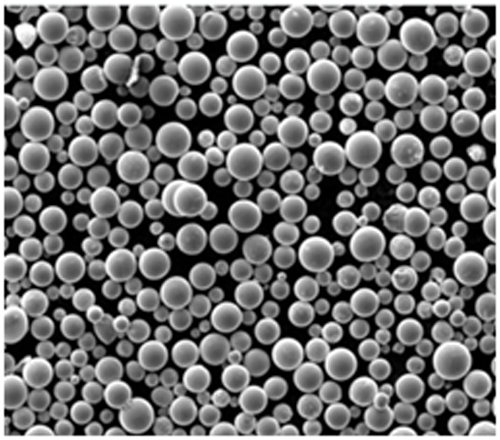
熱間静水圧プレス(HIP)の構成
HIPに使用される材料の組成は、特定の用途と最終製品の所望の特性によって異なる。HIPで一般的に使用される金属粉末には、チタン合金、ニッケル基超合金、ステンレス鋼、工具鋼などがあります。これらの材料は、それぞれ異なる産業用途に適したユニークな特性を持っています。
の特性と特徴 熱間静水圧プレス(HIP)
熱間静水圧プレスは、機械的特性の改善、密度の向上、気孔率の減少など、数多くの利点をもたらします。これらの特性により、優れた強度、耐疲労性、全体的な耐久性を持つ部品が得られます。以下は、HIP材料の特性と特徴をまとめた詳細な表です。
| プロパティ | 説明 |
|---|---|
| 密度 | HIPは空隙率を著しく減少させ、より高密度の部品をもたらす。 |
| 強さ | このプロセスは、素材の機械的強度を高める。 |
| 耐疲労性 | 疲労や繰り返し荷重に対する耐性が向上 |
| タフネス | 均一な圧力印加による靭性の向上 |
| 耐食性 | HIPに使用されるある種の合金は、優れた耐食性を示す。 |
| 生体適合性 | Ti-6Al-4VやCoCrMoなどの材料は生体適合性があり、医療用インプラントに適している。 |
| 熱伝導率 | AlSi10Mgなどの一部のHIP材料は熱伝導性に優れている。 |
| 耐摩耗性 | CoCrMoやH13工具鋼のような合金は、工具や医療用途に不可欠な高い耐摩耗性を提供します。 |
熱間等方圧プレス(HIP)の用途
HIPは、さまざまな業界のさまざまな用途で利用されています。優れた機械的特性を持つ部品を製造できるHIPは、重要な分野において非常に貴重なプロセスです。下表は、HIPの一般的な用途の概要です。
| 産業 | 申し込み |
|---|---|
| 航空宇宙 | ジェットエンジン部品、タービンブレード、構造部品 |
| 自動車 | エンジン部品、トランスミッション部品、軽量構造 |
| メディカル | インプラント(股関節、膝関節、歯科)、手術器具 |
| エネルギー | 原子炉部品、ガスタービン |
| 工具 | ダイカスト金型、押出金型、鍛造金型 |
| 石油・ガス | 海底部品、掘削工具 |
| ディフェンス | 装甲板、武器部品 |
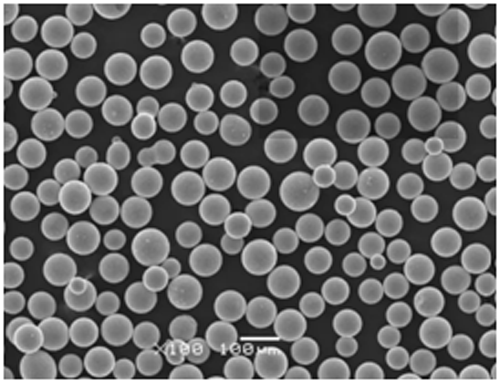
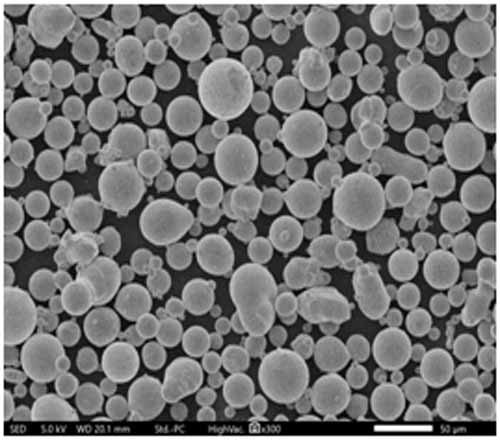

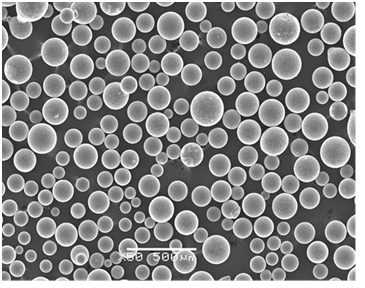
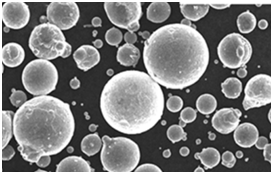
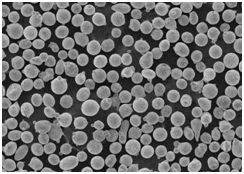
HIPの仕様、サイズ、グレード、規格
HIP材料の仕様と規格は、業界と用途によって異なります。以下は、HIPに関連する一般的な仕様、サイズ、等級、規格の概要を示した表です。
| 素材 | 仕様 | サイズ | グレード | 規格 |
|---|---|---|---|---|
| Ti-6Al-4V | ASMB348、AMS4928 | 直径:10~500mm | グレード5 | ASTM、AMS |
| Inconel 718 | AMS5662、ASM B637 | 直径:6~400mm | UNS N07718 | ASTM、AMS |
| 17-4 PHステンレス鋼 | ASM564、AMS5643 | 直径:8~300mm | グレード630 | ASTM、AMS |
| AlSi10Mg | ISO 3522 | 直径:5~250mm | – | 国際標準化機構 |
| CoCrMo | ASTM F75、ISO 5832-12 | 直径:4~150mm | – | ASTM、ISO |
| H13工具鋼 | A681, DIN 1.2344 | 直径:10~500mm | H13 | ASTM、DIN |
| 316Lステンレス鋼 | ASM276、AMS5648 | 直径:6~300mm | 316L | ASTM、AMS |
| Ti-5553 | AMS 4991 | 直径:8~200mm | グレード 5553 | AMS |
| マレージング鋼 | AMS 6514 | 直径:10~300mm | グレード250、300 | AMS |
| MP35N | ASTM F562、AMS 5844 | 直径:5~150mm | – | ASTM、AMS |
サプライヤーと価格詳細
製造ニーズにHIPを検討する場合、サプライヤーと価格設定の詳細を知ることが不可欠です。以下の表は、評判の良いサプライヤーと、様々なHIP材料のおおよその価格です。
| サプライヤー | 素材 | 価格(kgあたり) |
|---|---|---|
| カーペンター・テクノロジー | Ti-6Al-4V | $150 |
| 特殊金属 | Inconel 718 | $180 |
| サンドビック・マテリアル | 17-4 PHステンレス鋼 | $80 |
| ECKA顆粒 | AlSi10Mg | $50 |
| ATIメタルズ | CoCrMo | $200 |
| ユーデホルム | H13工具鋼 | $70 |
| アウトカンプ | 316Lステンレス鋼 | $60 |
| タイメット | Ti-5553 | $170 |
| アルセロール・ミッタル | マレージング鋼 | $160 |
| フォートウェイン・メタルズ | MP35N | $250 |
HIPの利点と限界
HIPには多くの利点があるが、その利点と限界を理解することが不可欠である。下の表は、HIPの長所と短所を比較したものである。
| メリット | 制限事項 |
|---|---|
| 気孔率を減少させ、密度を向上させる | 設備と運営にかかるコストが高い |
| 機械的特性の向上 | 特定の材料サイズに限定 |
| 耐疲労性と耐食性の向上 | 長い処理時間 |
| 均一な圧力印加 | 専門知識が必要 |
| 材料の均質性を高める | すべての材料に適しているわけではない |
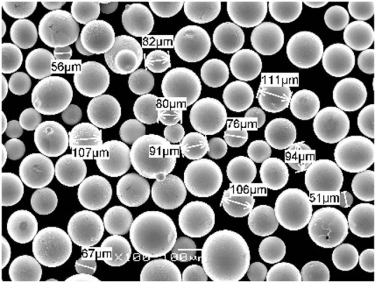
よくある質問
| 質問 | 回答 |
|---|---|
| 熱間等方圧プレス(HIP)とは? | HIPは、材料に高圧と高温を加えて特性を改善する製造プロセスである。 |
| HIPはどのように材料特性を向上させるのか? | HIPは気孔率を減らし、密度を高め、強度や耐疲労性などの機械的特性を向上させる。 |
| HIPでよく使われる素材は何ですか? | 一般的な材料には、チタン合金、ニッケル基超合金、ステンレス鋼、工具鋼などがある。 |
| HIPの使用に制限はありますか? | たしかにHIPは高価で、処理時間が長く、特定の材料のサイズや種類に限定される。 |
| どのような業界がHIPを使用しているのか? | HIPは航空宇宙、自動車、医療、エネルギー、工具、石油・ガス、防衛産業で使用されている。 |
| HIPのメリットは何ですか? | その利点には、密度、強度、耐疲労性、および全体的な材料の均質性の向上が含まれる。 |
| HIPはすべての素材に適していますか? | いいえ、HIPはすべての素材に適しているわけではありません。特定の合金や金属に最適です。 |
| HIPは生産コストにどのような影響を与えるのか? | HIPは、高価な設備と運用経費を伴うため、生産コストを増加させる可能性がある。 |
